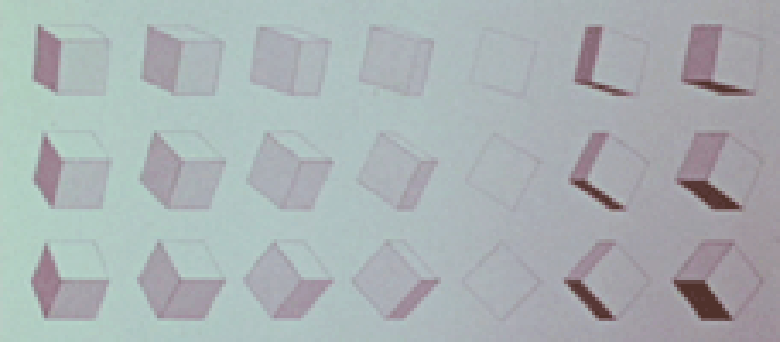Credits
Feature by: Leo Goldsmith
Posted on: 10 February 2010
Related articles:
Features
What is Animation?
External links:
Sesame Street’s premiere on PBS on November 10, 1969, ushered in a new era of children’s television, one marked not only by a commitment to uniting entertainment and children’s mental and social development (into what is now called “edutainment”), but also by progressive politics. In some ways, the show’s politics were readily apparent, even revealing obvious social aims. Its defiantly integrated cast, which combined black and white characters from the outset (and Latino characters soon thereafter) prompted a state commission in Mississippi to seek a ban the show, claiming that the state was “not yet ready” for such images. (The decision was soon overturned.)
But more fundamentally, Sesame Street and other productions of Sesame Workshop (formerly Children’s Television Workshop) contributed to the larger liberal aim of public television as a whole, an aim to which figures as diverse as Carl Sagan, Julia Child, Fred Wiseman, and Fred Rogers all contributed. This was to use the broadcast medium, not to sate its audience with frivolity, splitting it up demographically so as to better market to its niches, but as a means of educating, informing, and building communities. Given how the television landscape has evolved in the over forty years since Sesame Street’s premiere, these goals may sound idealistic, but it nonetheless remains difficult to calculate the impact this project has had on the several generations weaned on Jim Henson’s Muppet characters, a beloved multiracial cast, and drop-ins by everyone from Jessica Alba to Kofi Annan.
Having grown up, as it were, on Sesame Street myself, I can attest to my own treasured memories of watching friendly humans and monsters of diverse colors peacefully cohabiting a quiet urban block. But more indelible still are my recollections of the many incidental shorts and cartoons, made by likely dozens of largely anonymous filmmakers and animators, that found inventive ways of helping young viewers distinguish which things are not like other things, recognize the building blocks of words, and count to twelve in a funky way (with help from The Pointer Sisters). One of these animators, Al Jarnow, is now the subject of an extensive DVD package from Numero Group, which samples not only from the over 100 short films he created for Children’s Television Workshop shows like 3-2-1 Contact and Sesame Street, but also from the vast and varied body of personal films and experimentations he created in his Northport, Long Island, home.
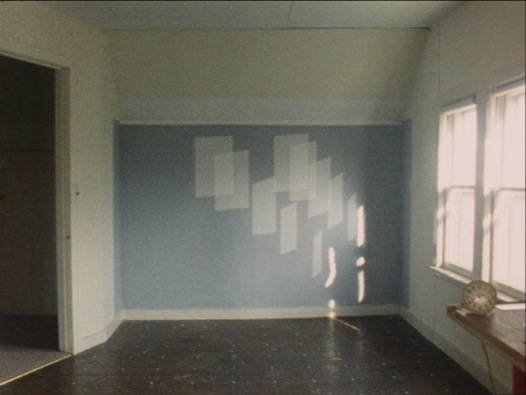
Spanning Jarnow’s career, from his beginnings as a painter and self-taught animator in the late 60s to his later work with computer animation, Celestial Navigations collects some forty-five short films that demonstrate the breadth of the filmmaker’s work, combining personal interests (and sometimes family members and the family home) with a breathless curiosity for exploring animation techniques. A black-and-white stop-motion account of his newborn son Jesse’s first year and a 1990 rap video/PSA about how to dispose of litter sit comfortably alongside a test film for animating geometric shapes made using an Apple IIe and early experiments with scratching and painting directly onto celluloid, giving a sense of how the form and content of Jarnow’s personal films would cross-pollinate with those of his commissioned works.
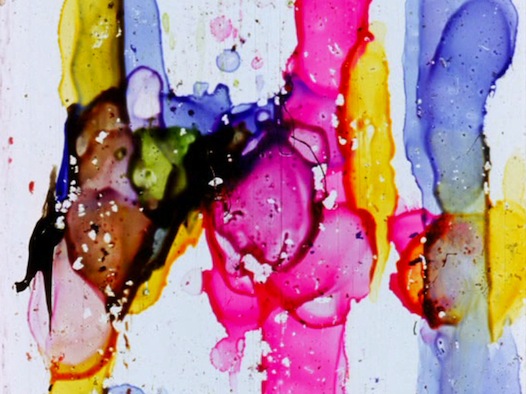
Given the emphasis on science and nature in his films, it’s not hard to see how Jarnow fit in with public television’s broader educational initiatives. The sorts of rich, panoramic landscapes that would serve as the stage or backdrop to the drama of an early Disney film become the main concern for Jarnow’s explorations of space and time, geometry and form, in films like the masterful Autosong, which follows a surreal car-trip across a rippling green and blue landscape (and eventually into more ethereal places), or his epic Cosmic Clock, a portrait of a landscape across decades, then centuries, then millennia. (The model for this later film is obviously Powers of Ten by the industrial designers and filmmakers Charles and Ray Eames, whose greatly underrated films presaged many of public television’s aesthetic and functional goals.)
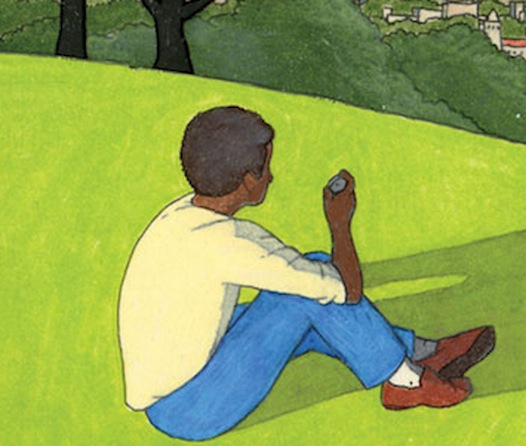
All of Jarnow’s best films illustrate his simple and engrossing fascination with science and, quite simply, how the world works. Optics, astronomy, architecture, and anatomy all receive subtle demonstrations on this set, whether in graphically representing the skeletal structure of cats, humans, and horses, suggesting the exact geographic coordinates of digging to China, or mapping over the span of a year the movement of sunlight across a particular wall in his home studio. In a number of works based on geometry – including Four Quadrant Exercises, Plans and Elevations, and the “cube” films Rotating Cubic Grid, Cube, and Cubits – Jarnow experimented with a form of modular animation, drawing the movement and morphology of three-dimensional forms onto index cards and then repeating and alternating sequences of animation to create a sense of movement. These films are in many ways similar to Robert Breer’s work around the same time (Breer’s 69 and 70 are particularly Jarnovian), though Jarnow further expands these exercises into the real world, using stop-motion on real objects as well as drawings.
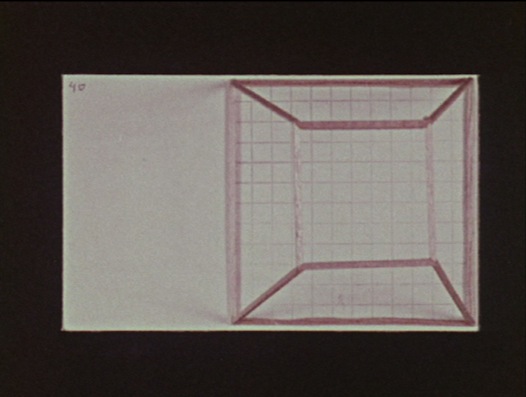
In many ways, beyond his inventive and elegant hand-drawn animations, it’s Jarnow’s use of recognizable materials that make his films so warm and approachable, an ideal medium through which to entertain and inform younger viewers. Trains, toys, clocks, blocks, rocks, sand, maps, yaks, cats, water, shells, oranges, and the face of Abraham Lincoln: These subjects and the especially tactile way in which Jarnow animates them suggest how these films seek to involve the viewer, to encourage active rather than passive watching, even to comprehend the way the film was made. Often, the most important objects in Jarnow’s films are the filmmaker’s own hands or the tools he implements with these hands. Incidence of the Northern Moon is a complex animation that boldly demonstrates the way that stop-motion can make different objects found at the beach seem like one constantly mutating seashell, and the geometric film Cubits is a film about the very tools that go into creating the illusion of filmic animation. Jarnow’s magnum opus Celestial Navigation, a personal film rather than a PBS commission, is similarly a film that documents the processes the filmmaker uses to measure light and mark time.
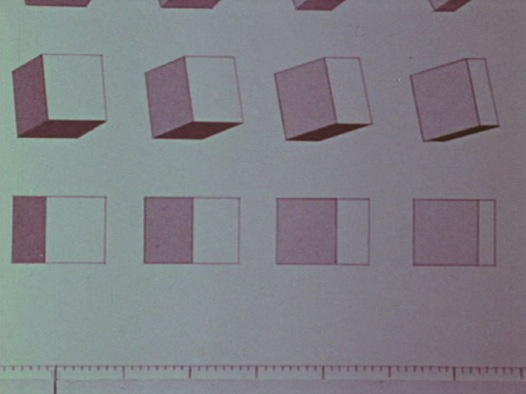
This interest in revealing the hand of the animator puts Jarnow in league with a number of early, self-taught animators like Émile Cohl and Winsor McCay (to whose Gertie the Dinosaur Jarnow pays tribute in Dinosaur Matrix). But it also marks the difference between earlier, celluloid-based animation for children and the digital-based animation predominant today. Jarnow himself has made the shift from filmmaker to programmer, and now develops “Museumware,” games, and other computer-based pedagogical tools for use in institutions and exhibitions. While his work in these areas is groundbreaking, and some of his later computer-based animation is exampled in this DVD set, the implications for children’s television as a whole remain equivocal.
With its ease and efficiency, digital animation has gradually overtaken children’s entertainment, leaving little time or money for the forms of hands-on animation pioneered by Jarnow. To some, this shift is merely a sign of technological progress, another indication of our image culture’s inevitable movement out of analogue technologies and into a fully digital medium. But this retrospective of Jarnow’s films does more than stoke nostalgia for the glory days of public television, of hand-drawn, experimental, artisanal, stop-motion, or puppet animation. It also suggests that there is a greater value to this form of reality-based animation, especially one so committed to engage its young viewers in the processes of its own making. The ones and zeros of digital animation have no tactile root in the real world, and their production is a process from which all but the animators are shut out, a Wizard of Oz of digital fantasy and illusion. The amiable, egalitarian mode of Jarnow’s celluloid works avail the viewer to a process of discovery – in science as well as aesthetics – that harkens back to public television’s roots.

A selection of Jarnow’s films will be screened on Friday, February 12^th^ at 92Y Tribeca, and the filmmaker will be on hand for a Q&A. Numero Group’s lovingly packaged DVD set will be available on February 23^rd^.
We don’t do comments anymore, but you may contact us here or find us on Twitter or Facebook.



